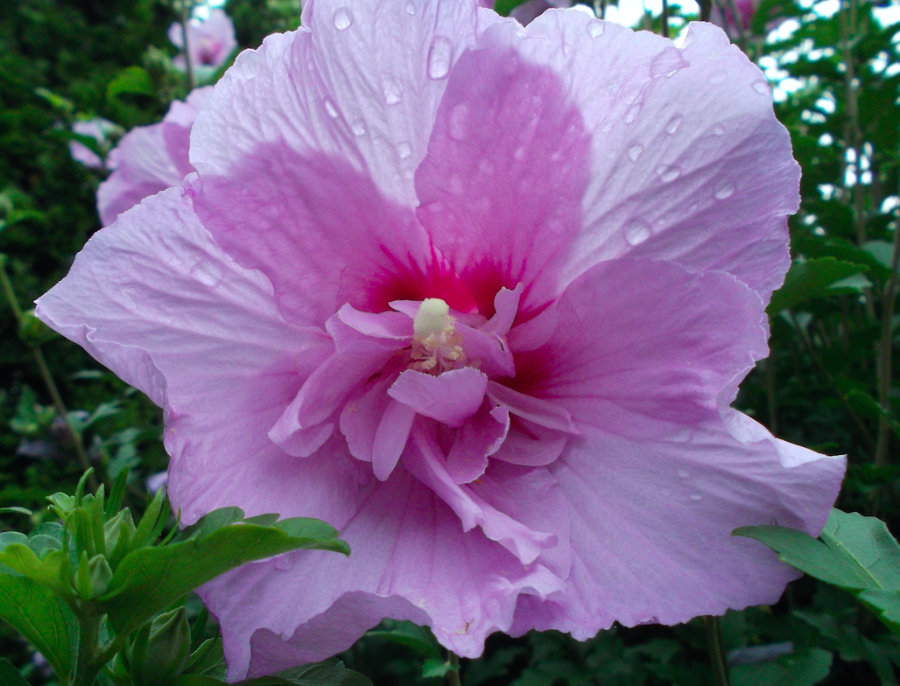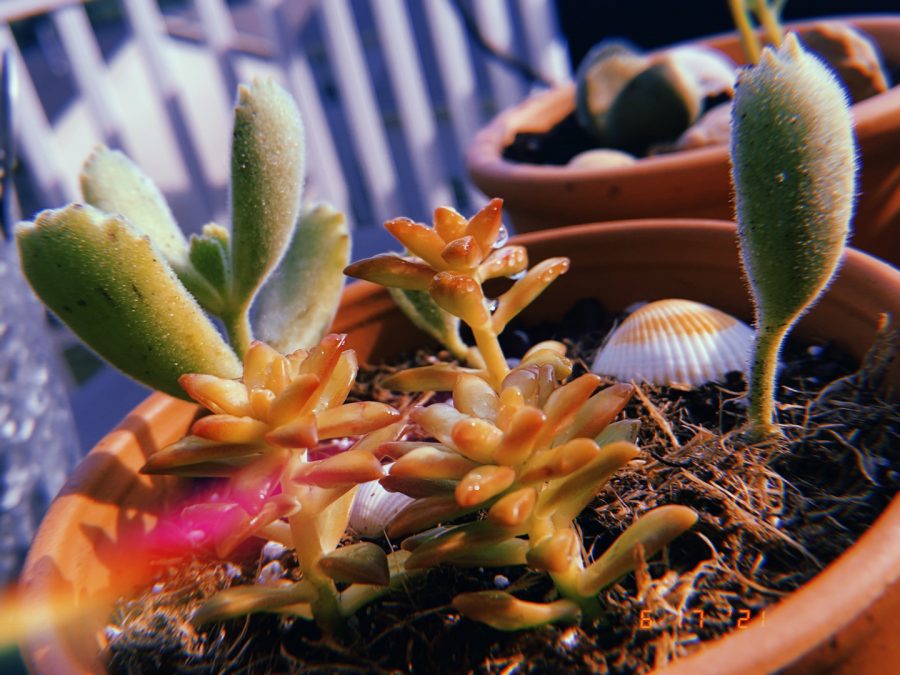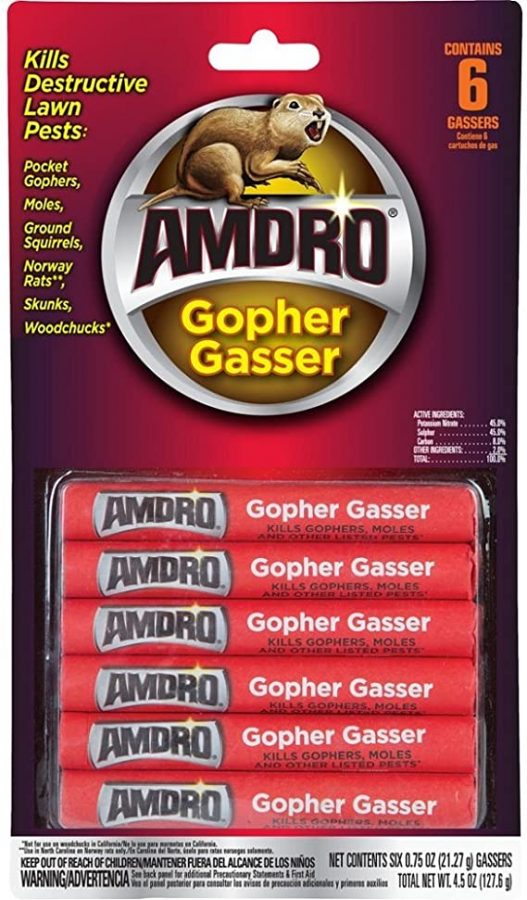
For roses, the 2002 growing season was the worst in living memory. In all parts of the country, blackspot reached epidemic proportions, and in lots of gardens, it defoliated every rose in sight. But many rose gardeners took steps to eliminate blackspot before it started.The most successful gardeners understand how and when rose diseases might be a problem, and they take steps to prevent them before they can cause damage to the plants. Here’s how:Gardeners are always at the mercy of the weather, so it pays to learn how weather affects roses and other plants. Blackspot is a fungus that attaches itself to the leaves of roses, apples, phlox and many other plants, particularly those in the huge Rosa genus. Benign in hot, dry weather, blackspot lies in wait for cool, moist conditions to spur it into action. Wet water, including dew, on rose leaves for more than four hours will cause blackspot spores to multiply at a furious rate.
Before blackspot is visible to the gardener, it has been working for nearly a month, destroying the leaf and spreading to other leaves on the plant. Amazingly easy to prevent, but nearly impossible to cure, blackspot is best treated preventively.
There are many garden fungicides available that are labeled for blackspot. Needless to say, the most expensive ones work best and have to be sprayed less often, and the cheaper ones aren’t as effective and have to be sprayed more often. But the fungicide you buy will depend on the number of plants you have and how often you’re willing to spend time spraying.
All the fungicide in the world won’t help unless you establish a regular spray program. The fungicide has to be on the plant continuously to keep the fungus spores from multiplying. So if the directions recommend spraying weekly, spray weekly. If you don’t like spraying, there are several fungicides that need to be applied only once a month.
If you’d like to know more about growing roses, call, write or e-mail Primary Products (for Serious Gardeners) for a copy of their free color catalog. The catalog offers a variety of rose care products including fertilizers, spray materials, soil conditioners, tools and lots of information about growing great roses.
New roses more disease resistant than ever
Rose hybridizers have been working diligently for the past decade to produce rose plants that are resistant to the usual fungal diseases. Because the foliage is so clean, the plants look lush, bushy and attractive from early spring until frost.
Remarkably easy to grow, these four varieties of hardy floribundas produce prodigious quantities of fabulous flowers all season.
‘Livin’ Easy’ is so easy to grow, all you have to do is sit back and watch it produce tall orange and apricot flowers.
In the plant world, a “sport” is a naturally occurring offshoot that has somehow gone through a genetic change, producing an entirely new variety.
‘Easy Going’ is a sport of ‘Livin’ Easy.’ The flowers, however, are peachy golden yellow and will delight lovers of large quantities of yellow roses.
Although it has the most delicate creamy white color, ‘Pretty Lady’ is one tough cookie. Another truly blackspot resistant plant, ‘Pretty Lady’ produces so many flowers that you’ll hardy be able to see the perfect medium green foliage. It’s a wonderful landscape plant because it’s never out of bloom.
‘Hot Cocoa’ is a winner of the All-America Rose Selections award for 2003, and has an unusual smoky chocolate orange color. The foliage is always without blemish, making ‘Hot Cocoa’ a gem in the perennial border, as a bedding plant, or in a container.































